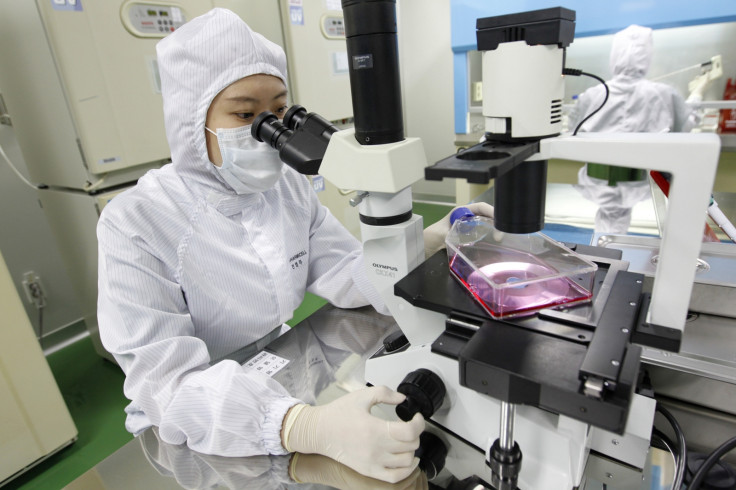Extending telomeres reverses ageing in human skin cells, finds study

A new technique increases the length of human telomeres quickly and efficiently, promising to reverse the ageing process and paving the way for treatment of many diseases.
Scientists at the Stanford University School of Medicine lengthened the telomeres on skin cells that were then able to divide up to 40 more times than untreated cells.
The research could aid in treatment of diseases caused by shortened telomeres. It vastly increases the number of cells available in the lab for drug testing or disease modelling.
The treated cells behave as if they are much younger than untreated cells, multiplying with abandon in the lab.
Telomeres are the protective caps on the ends of DNA strands called chromosomes. Beginning at around 8,000-10,000 nucleotides long, the telomeres shorten with each cell division, till they reach a critical length when the cell stops dividing or dies.
"Now we have found a way to lengthen human telomeres by as much as 1,000 nucleotides, turning back the internal clock in these cells by the equivalent of many years of human life," said senior author Helen Blau, PhD, professor of microbiology and immunology at Stanford and director of the university's Baxter Laboratory for Stem Cell Biology.
Normally, in the lab it is difficult to grow cells beyond a few doublings due to the telomere clock.
The work was published in the FASEB Journal.
The researchers used modified messenger RNA to extend the telomeres. RNA carries instructions from the DNA to the cell's protein-making factories.
The modified RNA contained the coding sequence for TERT, the active component of a naturally occurring enzyme called telomerase. Telomerase ensures the health of telomeres in sperm and egg cells but in most other cells the enzyme acts by ensuring that telomeres do not shorten with every division.
Most other types of cells, hence express very low levels of telomerase.
The newly developed technique is temporary and prevents the unlimited cell division which brings risks of cancer.
The modified RNA is designed to reduce the cell's immune response to the treatment and allow the TERT-encoding message to stick around a bit longer than an unmodified message would. But it dissipates and is gone within about 48 hours.
After that time, the newly lengthened telomeres begin to progressively shorten again with each cell division.
As few as three applications of the modified RNA over a period of a few days could significantly increase the length of the telomeres in cultured human muscle and skin cells.
A 1,000-nucleotide addition represents more than a 10% increase in the length of the telomeres.
These cells divided many more times in the culture dish than did untreated cells: about 28 more times for the skin cells, and about three more times for the muscle cells.
"We were surprised and pleased that modified TERT mRNA worked, because TERT is highly regulated and must bind to another component of telomerase," said lead author, postdoctoral scholar John Ramunas, of Stanford.
"Previous attempts to deliver mRNA-encoding TERT caused an immune response against telomerase, which could be deleterious. In contrast, our technique is nonimmunogenic. Existing transient methods of extending telomeres act slowly, whereas our method acts over just a few days to reverse telomere shortening that occurs over more than a decade of normal aging. This suggests that a treatment using our method could be brief and infrequent."
The researchers are now testing their new technique in other types of cells.
The study is a first step toward improved cell therapies and treatment of disorders of accelerated ageing in humans like Duchenne muscular dystrophy by extending telomere length.
© Copyright IBTimes 2025. All rights reserved.





















